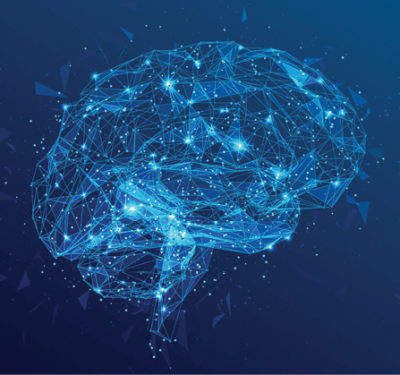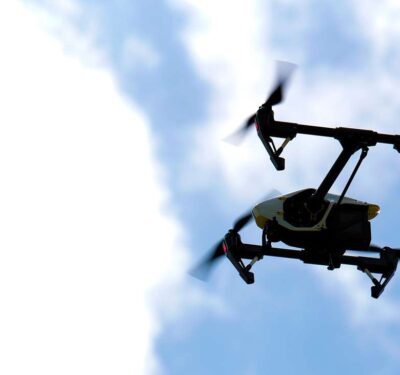
Since the Apollo Project of the 1960s targeted the moon, the venerable Kalman filter has offered estimates of unknown variables based on multiple measurements over time. But as GNSS jamming and spoofing technologies have challenged GNSS-only solutions, defense forces and others have sought alternatives for position information, adopting inertial navigation systems for trusted guidance and navigation applications.
Xavier Orr, CEO of Advanced Navigation, has been developing alternatives to the Kalman filter for two decades. In the process, his mission has grown from grad-school theorizing into a company with a mission “to drive the autonomy revolution with AI-powered systems delivering unparalleled capabilities and performance.” The company now has more than 1,000 clients and 35,000 systems in the field.
Herein lies a tale.
IN THE BEGINNING
“It was 2000,” Orr recalled about the roots of his AI odyssey. “I think it was in my eighth year at university and I’d spent the last three years specifically focused on neural networks, which is probably the most predominant form of AI at the moment. Back then, there was no interest in it whatsoever. But through my work with it, I could see the potential applications and how we can really benefit from it.”
His research led him to encounter the Kalman filter, including some of its shortfalls.
“At the end of 2008, I was doing control theory, where I was working a lot with the Kalman filter,” Orr said. “The Kalman filter really hasn’t had any major updates since the ’60s. It basically is linearizing a physics model, and that’s always introducing error. I was thinking it was the perfect application for neural networks to try and solve this problem. So, I did my thesis on the application of neural networking to inertial navigation.”
The next year, Orr’s thesis was well-received, but his findings were too early to be implemented. “The technology wasn’t stable,” he recounted. “The results that were coming out were really good; we saw up to 10x performance versus a Kalman filter. But it just didn’t have the stability at that time.”
So, the quest continued. “I spent about three more years working on it and managed to develop the layers to make it stable. The lion’s share of the work was in getting it stable.”
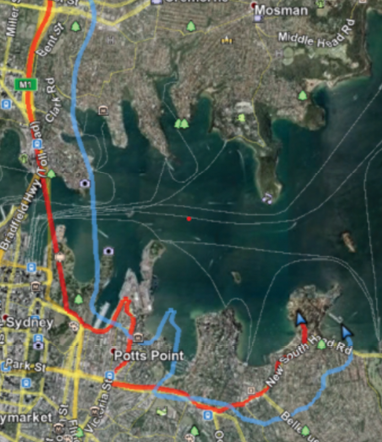
BUILDING THE TECHNOLOGY
In 2012, it was time to go forward with a company. “We’d done a lot of testing and verified for stability across all applications, and that was when we launched Advanced Navigation to commercialize the technology,” Orr reported. He joined forces with co-founder and co-CEO Chris Shaw, who was working on MEMS sensors, fiber optic gyroscopes and microelectronics. The miniaturization of MEMS technology while increasing performance would support new applications and reduce susceptibility to GNSS jamming and spoofing across industries.
Over time, Advanced Navigation also addressed common errors from biases to instabilities to noises, as well as the filtering, computation and integration required to continuously determine current position and velocity. “Traditional extended Kalman filters track sensor errors with a delay based on slow filter updates,” according to a company report. “The advantage of the ANN filter is that the sensor error tracking is faster and significantly more accurate due to its use of all available data.” The ANN filter also features “integrity monitoring that is far superior to traditional filters, allowing it to reject erroneous measurements and adjust accuracies for inconsistent data at a much deeper level. This gives the system far greater performance in difficult conditions…The performance increase is especially noticeable in high multipath GNSS environments such as urban canyons or near walls.”
Additionally, AAN’s vehicle profile “applies far more thorough dynamic motion model constraints, allowing for better tracking of errors, more reliable data and higher accuracy.”
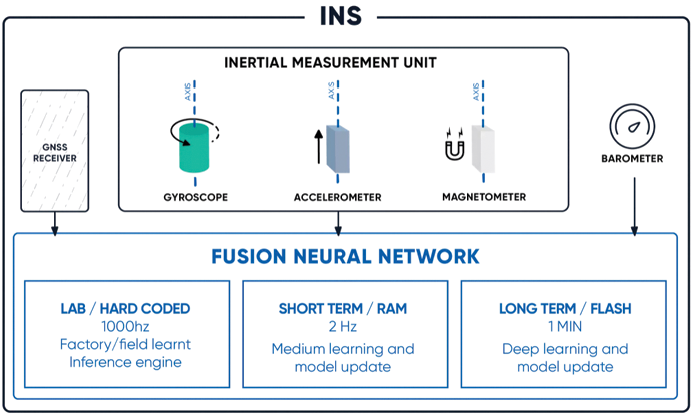
BUILDING THE MARKET
But a decade ago the market had its doubts. “AI hadn’t really taken off like it has today,” Orr said. “People were nervous about using it, particularly in regard to the stability, which is often a problem with AI. It was really about getting units in customers’ hands so they could test them themselves and verify performance and results and stability. Each customer would need to verify that for themselves. It’s still a learning model, so constraining it appropriately so that it can’t go unstable or deviate from the balance of physics—that was the real challenge.”
To meet these challenges required new solutions. “Back when I did my thesis, there was no such thing as TensorFlow. TensorFlow is Google’s AI toolkit and is basically what everyone uses these days. The issue with TensorFlow is it’s not very optimized, so whenever you want to use it, you’re talking about a lot of CPU power or GPU power required to run. The solution I developed is completely from scratch. There are no libraries used; it was fully optimized from the ground up without physics constraint. That’s what allows it to run on the microcontroller.”
More recently, a lengthy field test of the ANN filter compared a Spatial FOG (Fiber Optic Gyroscope) ruggedized, inertial navigation system/AHRS sensor with a GNSS-based reference system over an 8-plus hour trip in New South Wales, Australia. The faceoff covered 347 mile (558 kilometers) with an elevation change of 2,625 feet (800 meters), yielding comparable results.
“Kalman filters will track bias and scaling in real time and our neural network does the same,” Orr said. “But it is able to do this a lot more effectively. As you track those errors in real-time, you remove them from the solution. The result is a superior filter that provides much higher navigational accuracy.”
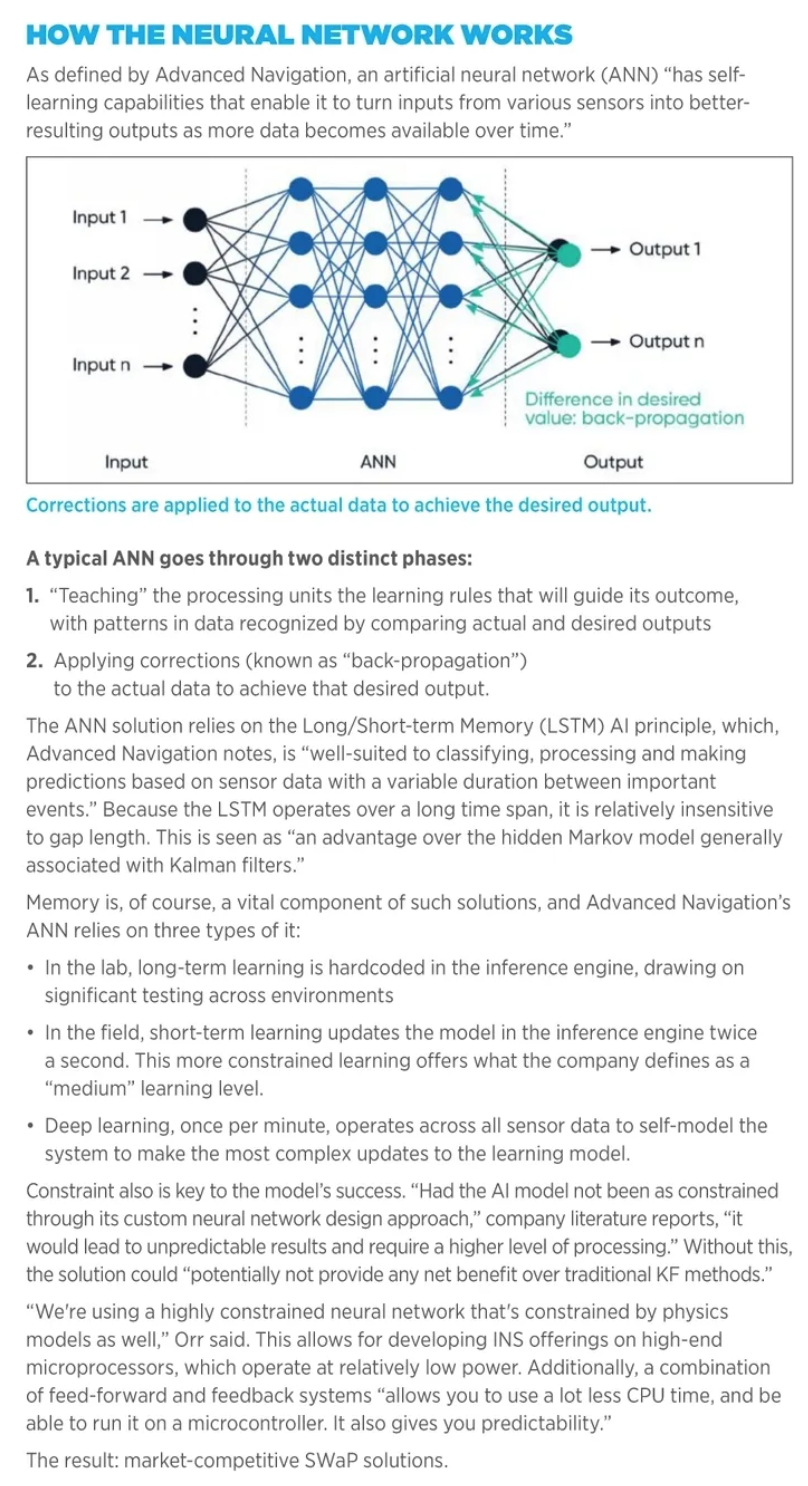
TAKING THE FIELD
Today, Advanced Navigation’s AI solutions are being employed across multiple user communities.
“We’re distributed across many market segments, including maritime, land, air and space. The neural network gives you better data; it can track sensor errors much faster and much more accurately. Things like bias and scaling errors, which change on the fly, are much better handled by a neural network that is able to more efficiently track and remove them from the solution. That is what gives you the performance gain of the neural net over the Kalman filter.
“That really has allowed us to excel in some extremely difficult applications,” he continued. “And we also have vehicle profiles that apply physics models for each of the applications, like cars and airplanes and boats. We are involved in the Red Bull Air Races, which is exceptionally difficult, with race car testing, and our products are even in some leading racing yachts. They’re running driverless cars, with several cars on track simultaneously. It is incredibly exciting to watch this at racing speeds. When you’re racing autonomously you are really pushing the boundaries.” In some cases, Advanced Navigation has displaced other navigation specialists as the primary navigation for the vehicles.
These days, Orr can define a triad for success: increased accuracy, increased reliability and increased stability. “When you attain these three things, it makes for a very appealing and easier-to-implement solution. With our system, you don’t need to do any of the figure eights or any of the calibration routines that are present with some other systems. There’s no requirements on the motion that you’re taking. You can basically install the system, and you don’t have to worry about doing some initialization or calibration or anything like that. That point makes it very enticing for users.”
Advanced Navigation also continues to innovate and partner with allied technologies. “We’re using digital FOG technology,” Orr said, “which is rather than sending what you could consider a digital sine wave through the optical coil, you’re sending a digital signal and receiving it on the other end. Using this method, you can measure a bunch of parameters in real time to adjust for errors. That technology doesn’t actually use AI, but it is very similar to AI.
“We have our own MEMS gyroscopes now, which we continue to develop and improve. And we are using Physical Logic: I consider them to be at the forefront of accelerometer technology.” [See https://insidegnss.com/achieving-more-with-less-cost-size-weight-and-power-innovation-accelerates-accelerometers-into-higher-levels-of-inertial-performance/]
“We have post processing software as well. The difference there is by fusing it backwards and forwards, you’re able to track those errors even more effectively. And the solution’s accuracy increases further still.”
Orr closed by citing a “soft” but vital core value. “We develop everything to IEC 61508, which is a safety-oriented, embedded system standard. Safety is through all of our products, and they’re built to those safety standards so that you can rely on them 100% in these kinds of applications. Our customers really love that element of it. These solutions are extremely reliable. You can depend on them in a critical situation.”


